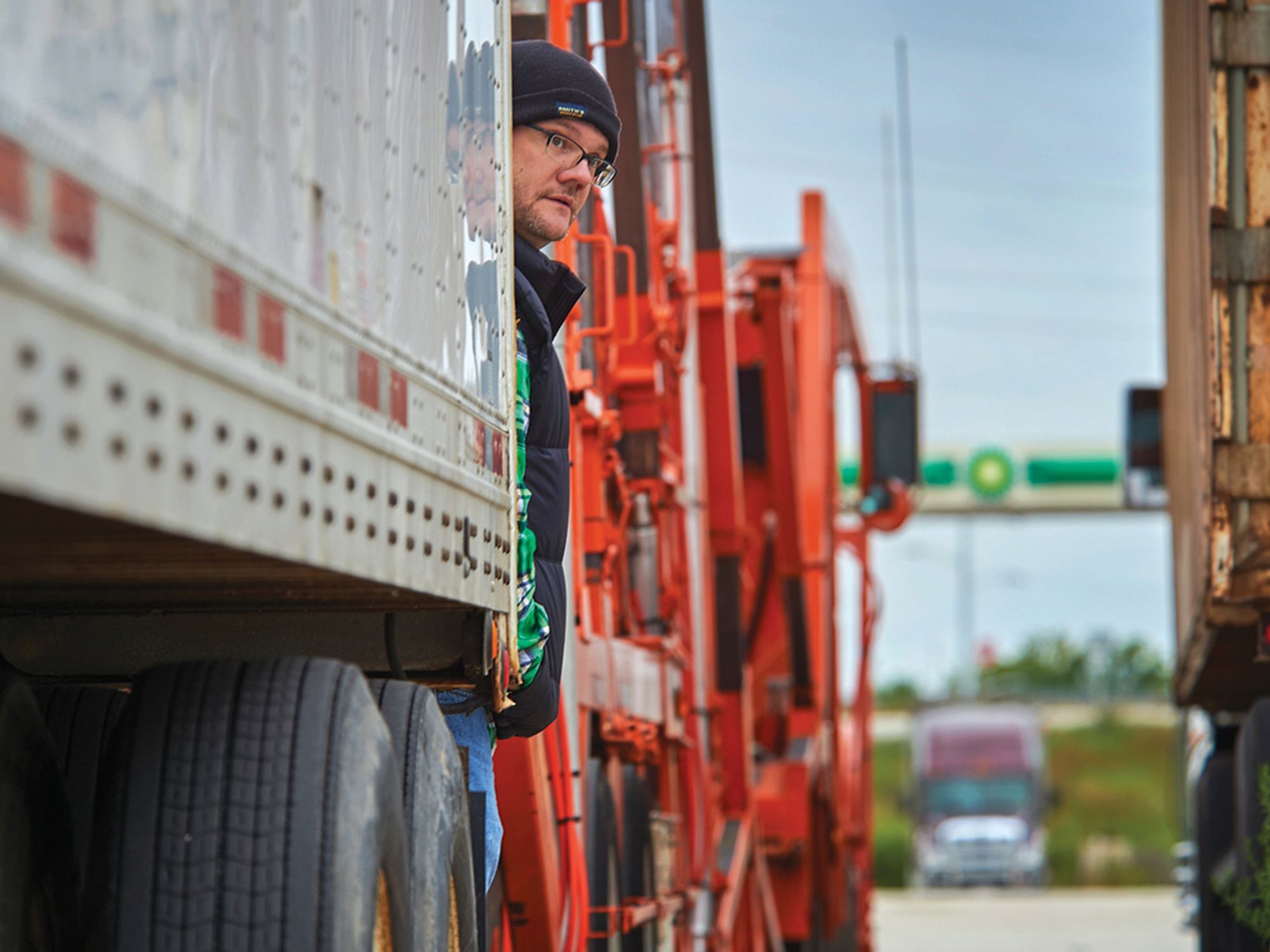Transportation security

Transportation security is risk management. Each motor carrier applies security measures differently depending on the circumstances.
In broad terms, risk management is the practice of:
- Identifying and analyzing potential security risks or threats, and
- Taking steps to prevent or reduce the security risk’s impact.
For the average motor carrier, risk management involves protecting employees, equipment, cargo, facilities, the public, and the company’s brand from harm’s way. Topics addressed often include cargo, driver, and facility security.
Most security topics don’t have step-by-step countermeasures built into associated regulations. For example, there is no regulation telling a motor carrier how it should protect its staged cargo. Instead, this area of concern requires implementing industry best practices (e.g., fence, security guard, lighting) to help reduce the likelihood of an incident (e.g., cargo theft, vandalism).
Bottom line: Motor carriers need to integrate industry security best practices to stay ahead of potential threats.
Click to view information on creating hazardous materials security plans and hazardous materials employee security training.
